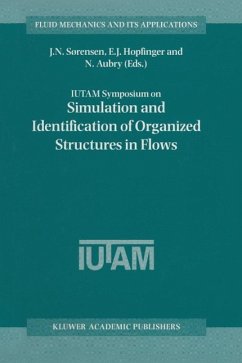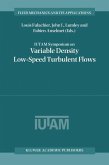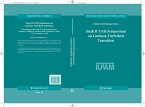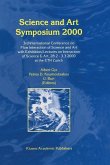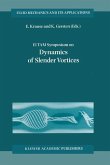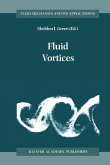This volume contains reviewed papers from the 1997 IUTAM Symposium, presenting the latest results from leading scientists within the field of detection and simulation of organized flow structures. It describes various aspects of complex, organized flow motion, including topics from decomposition techniques to topological concepts.
Dieser Download kann aus rechtlichen Gründen nur mit Rechnungsadresse in A, B, BG, CY, CZ, D, DK, EW, E, FIN, F, GR, HR, H, IRL, I, LT, L, LR, M, NL, PL, P, R, S, SLO, SK ausgeliefert werden.
`I have read this book with great interest and found that most papers provide something new, inspiring, and applicable in hydraulic research. In summary, this book is a valuable source of information that should stimulate new approaches and developments in hydraulic research, especially in studying the physics of hydraulic resistance, sediment transport, flow-biota interactions, and their modeling.' Journal of Hydraulic Engineering (February 2001)
`I have read this book with great interest and found that most papers provide something new, inspiring, and applicable in hydraulic research. In summary, this book is a valuable source of information that should stimulate new approaches and developments in hydraulic research, especially in studying the physics of hydraulic resistance, sediment transport, flow-biota interactions, and their modeling.'
Journal of Hydraulic Engineering (February 2001)
Journal of Hydraulic Engineering (February 2001)

